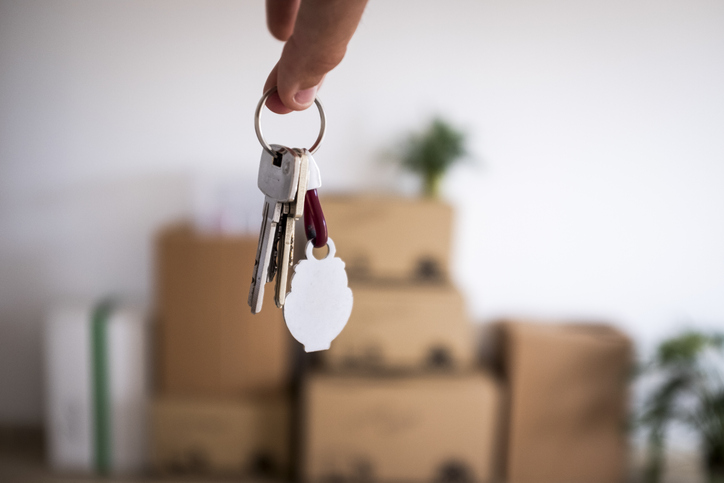
Selling a home has some business considerations, some emotion involved, and possibly some fear of making a mistake. Home sellers are prone to make three common mistakes when deciding on a price at which to list their homes.
1. Setting the price based on the sellers’ needs.
How much the seller may need in cash to buy their next home or to realize the value appreciation they expected from their home has nothing to do with market value or what buyers are willing to pay for a home.
Sellers should do their best to separate their emotions about the home, as well as their expectations, from the decision on a list price for the home. A home, like any other commodity, is only worth as much as a buyer is willing to pay for it. Sellers should work with a real estate professional to complete a Comparative Market Analysis (CMA) to determine the approximate value of the home in the current market and for the neighborhood.
2. Expecting a list price similar to a neighbor’s home list price.
When a homeowner works with a real estate professional, the normal process for determining a list price for the home is to complete a CMA. They use the sold prices for homes that closed on the sale recently.
The list price of those sold homes is rarely the price at which they sold. The sold price is the most accurate way to see what a home can sell for in the current market. Because different real estate professionals select different comparable properties, and because they can use different adjustments to account for features that are different in the homes, list prices are not as useful as sold prices in the CMA process.
3. Using average prices per square foot to set list prices.
Though a part of the CMA process does involve the size of the home, it is used only after comparable sold prices are adjusted for feature differences.
Just comparing two homes based primarily or only on square footage implies that they are identical in other features. Though there are some areas where this could be true, in most areas there are several adjustments to comparable home sold prices to account for feature differences.
A carefully crafted CMA is the best way to determine the approximate market value of the home.
The main steps in the process are:
• Recently sold comparable homes in the same neighborhood or nearby are selected for the calculation. This is arguably the most important step, as using old comps or those out of the area can cause a less accurate valuation of the home.
• Though homes selected as comps should be as similar in features to the home to be valued, there will be differences in the number of bedrooms, baths, garage spaces, and more. The real estate professional must use a value for each of these features to adjust the actual sold price to be what it would have been if the homes were identical.
• Once the adjustments are completed, then the sold prices per square foot for the comps are averaged and that number is applied to the subject home to get the approximate suggested list price.
For the homeowner considering selling, knowing the basics of the CMA process can help in asking the right questions to determine how the real estate professional selected comps and handled the sold price adjustments. The goal is to arrive at a realistic list price to sell the home in the current market.
Questions on setting your selling price? Give me a call. I have extensive experience in helping sellers across the Minneapolis/Twin Cities area, and also including Lakeville, Apple Valley, Eagan, and Burnsville.
Image credit: marchmeena29 | iStock | Getty Images Plus











